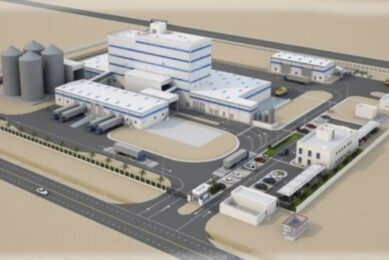Researcher emphasizes importance of feed processing
Tom Scott, new research chair in feed processing technology at the University of Saskatchewan, Canada, says innovative processing of feeds can further optimise animal nutrition.
After 26 years of studying, teaching and working abroad, Tom Scott, returned to Saskatchewan earlier this year to take a prestigious job of Research Chair in Feed Processing Technology at the University of Saskatchewan.
In an interview with the Star Phoenix, Scott recognises the importance of the animal feed industry. “[Feed] accounts for about 60 to 70% of our cost of production for animals, so feed is a very important component," he said. "Small differences in feed efficiency or preventing feed wastage are billions of dollars for the worldwide industry.”
In his new job Scott is trying to establish a research program to come up with ways to use and manage feed equipment at the university for doing various processing conditions.
He will also be responsible for training post-graduate students and under-graduate students, and work with the industry directly to answer questions that they have in converting all types of products into feed.
“I think the best illustration is that we’ve always used animals to feed very poor-quality materials to and convert it into very good-quality food,” he said in the interview.
Processing development
Scott intends to focus on the eco-setting conditions of manufacturing feed – which temperature, which moisture, which pressure is needed for which feed.
“Even within wheat we may have different applications, and NIR technology is a system we now use for grading all grain in the elevators. There’s a possibility of having that in-line so as feed is coming into a feed plant it would pick up the differences and tell you what other ingredients to put in there to make it very balanced. It could also tell us which processing conditions we should apply to get the optimum feed out of that batch of grain,” he said.
Individual sorting
Advanced technology from Sweden makes it possible to screen every single seeds and sort these on either protein or moisture or starch level and sort each individual seed into different categories –and it can do this at 20,000 to 30,000 seeds a second.
“That’s equivalent to about 30 tonnes every hour, and that’s what a medium-sized feed mill would actually be processing for feed every hour, 24 hours a day,” Scott said.
” It could sort it into discreet categories for different processing, but it could also sort it into low-quality for feed and then sell the high-quality grains for food consumption at a much higher price. This will change how we do agriculture.”











